Don't miss out on the best jobs!
Subscribe to HelpGoAbroad and weekly we will sent you an email with latest job posts. Provide your email address below
In the year 2012, the Wall Street Journal crowned Medellín as the most innovative city in the world. Colombia’s second largest city was chosen amongst a list of 200 progressive cities across the globe, and was chosen other finalists such as New York City and Tel Aviv. The driving force in Medellín’s victory was its slick and ingenious transportation system; Metro de Medellín carries over 500,000 passengers per day, and integrates seamlessly with the city’s steep mountainside hills and large metropolitan area. Furthermore, the transportation system runs on electricity, steeply reducing its environmental footprint. Medellín is currently the only city in Colombia with a metro system and one of the only cities in the world that incorporates gondolas and outdoor escalators as a form of public transportation.
As a newcomer to the area, Medellín’s transportation system may seem immense and slightly overwhelming, but with some background information and a few tips and tricks, traveling throughout the city is a breeze. This post is meant to: inform readers about the major components of Medellín’s transportation system,
explain how to travel the furthest distance for the least amount of money, and make using Medellín’s public transport stress-free.
Metro Rails
Medellín’s rail system has two separate lines; Line-A runs north to south throughout the city’s valley, covers a distance of 23.3 kilometers, and contains 21 metro stations; Line-B runs from center to west, spans a distance of 5.6 kilometers, and contains 6 metro stations. Line A and Line B meet at the San Antonio metro station (the city center), and transfer from one line to the other is very simple and intuitive due to large and easy-to-read signs. As a passenger on the metro rail, you will never have to wait long for a ride as trains come very frequently. Commuting throughout stops on the metro rail network is made seamless due to great planning. The rail stations are kept squeaky-clean by the city; you won’t find graffiti anywhere and there is rarely any trash on the ground.
Metro Rail Cost: 2,000 pesos ($1 USD) (free transfer to other Metro Rail line or to Metrocable.
Metrocables
When it comes to innovation, Medellin’s Metrocable system is the city’s crown jewel. The Metrocables are actually gondolas that glide above the vast city landscape and ascend the foothills of the Andes Mountains while providing passengers with the sensation of floating. The first cable line opened in 2004, and shortened a once arduous commute into an affordable gondola ride that takes only minutes. Within the city’s transit system there are three Metrocables. Two of the cable systems, Line-J and Line-K, are part of the public infrastructure; these cable lines cost the same as a metro rail ticket, and include a free transfer onto the rail lines. Line-J connects at the metro station San Javier (the western end of rail Line-B) and contains four stations; it ends at La Aurora where an incredible view of the city can be found. Line K connects at the metro station Acevedo (on Line A) and contains four stations; it ends at Santa Domingo where a small restaurant and nightlife scene can be enjoyed. Line-L is not a part of public transit; it runs from the Santo Domingo Station (end of Metrocable Line-K) to Arví Park, an expansive nature park with over 50 miles of trails; this line costs more than any other mode of transport in Medellín and is used specifically for recreation.
Metrocable Cost:
Line J & Line K: 2,000 Pesos ($1 USD) (free transfer to metro rail lines)
Line L: 4,000 Pesos ($2 USD) (no free transfers)
Metroplús Bus
Along with Metro Rail and Metrocable, there are also two integrated Metroplús bus routes that connect with the main rail stations. These buses have their own lanes and travel quickly on their routes. The bus lines are MP1 and MP2. Line MP1 takes passenger from the University of Medellin in the Belen neighborhood all the way to Parque de Aranjuez; this route connects with rail Line A at the Industriales and Hospital stations, and also with rail Line-B at Cisneros. Once at any of these stations passengers can easily locate the bus stations, which are well marked and clean. Bus line MP2 also takes passenger from the University of Medellin to Parque de Aranjuez, but follows a different route that goes along Avenue Oriental in the Candelaria Neighborhood; The L1 bus line connects to the Line-A rail at the Industriales, Prado, and Hospital Metro Stations.
Cost: 2,000 Pesos ($1USD) (No free transfer onto rail lines)
Escalators
One remarkable aspect of Medellín’s public transportation is the escalator system that is built into the steep hills of Comuna 13. Although these escalators will not be a part of the average expat’s daily commute, they are an amazing addition to the cities infrastructure. With the colorful homes and beautiful murals that surround them, the Escaleras Eléctricas are certainly a must-see in Medellín!
Cost: FREE!
Civica Card: Save Money on Transportation
When it comes to transportation in Medellín, the Civica Card will save you massive money. For an expat living in the city, or even a traveler spending an extended amount of time there, obtaining this card is a no-brainer. For example, without the Civica Card, if you wanted to travel on a bus, switch to a rail-line, and then get onto another bus, it would cost 6,000 pesos ($3 USD). With the Civica Card, the total cost for the same journey would be just over 3,000 pesos, or about half the cost.
Note: In order to obtain the Civica card you will need a valid passport. There is a kiosk set up in the San Antonio station on rail Line-A where you can get a card. The line to receive the card can be long so don’t forget your documentation! The kiosk is only open from Monday to Friday; don’t waste your time by showing up on a weekend.
Phone Application
For those interested, a new smart phone application has been released to help navigate the Medellín transit system. It tells users when the next trains/busses are coming, helps users determine the best route to take, and provides other useful information. Check it out!
This post was co-written by Derek Smith and guest blogger Michael Colasurdo.
Sign in to publish a comment
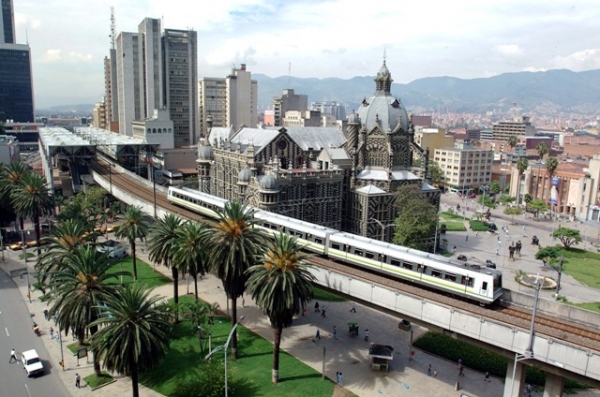
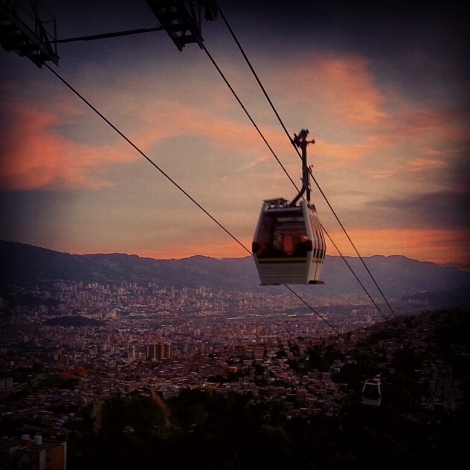
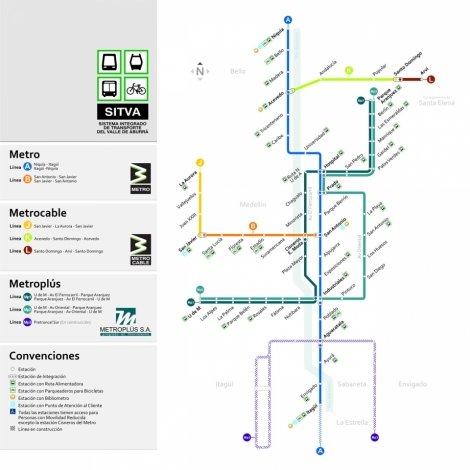
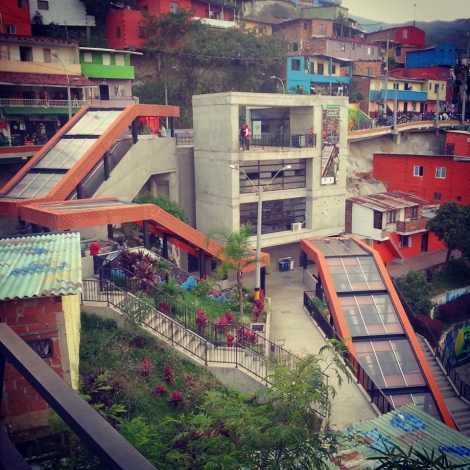
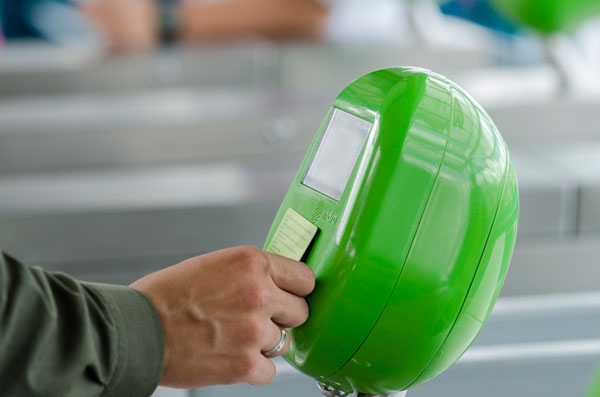
Be the first to comment on this post.